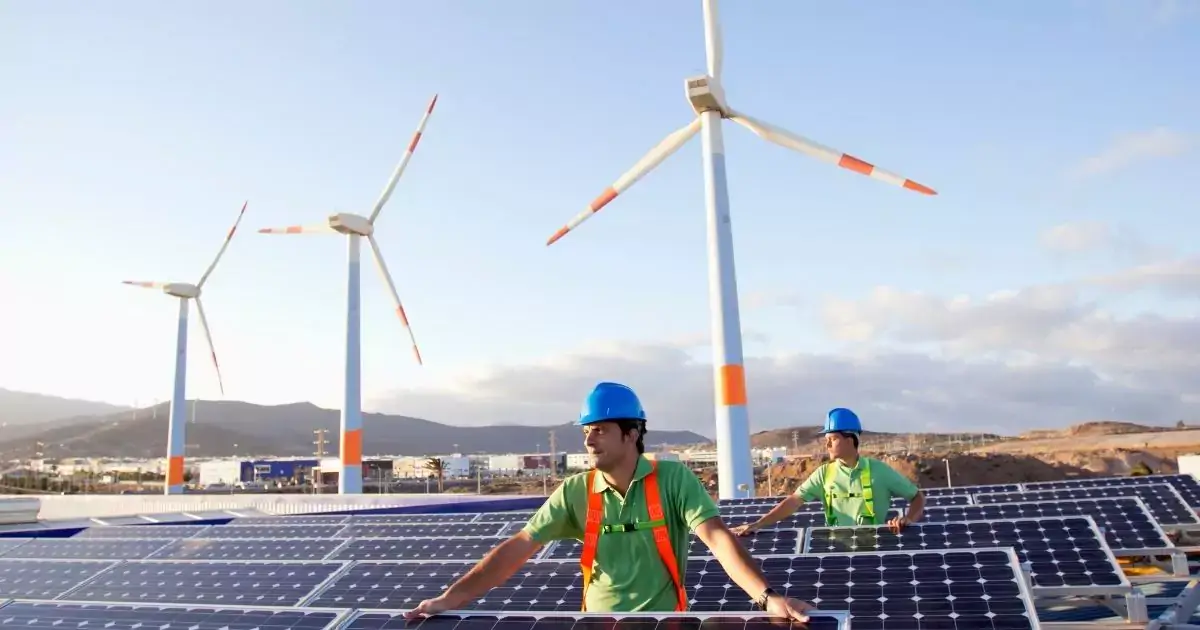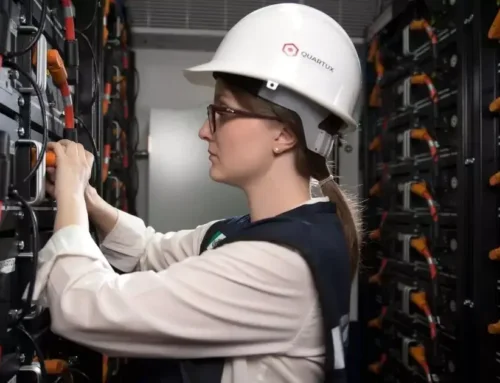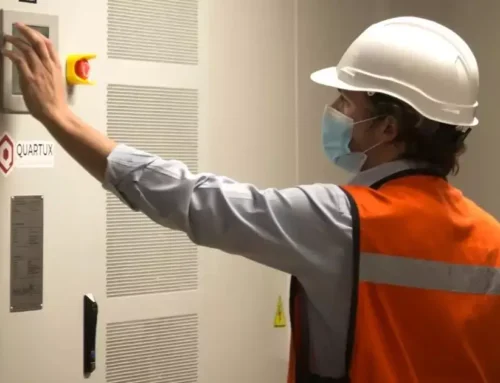Sustainable energy sources allow for the generation of clean, renewable energy that is not harmful to the environment. Moreover, they are inexhaustible, as they are derived from permanent and natural processes, and there is currently a great diversity and potential to harness them in any corner of the planet. Because of these characteristics, they are also known as green or alternative energies.
Are you wondering what sustainable energy is used for? In reality, alternative energy sources contribute to sustainable development and are used for the same purposes as non-renewable sources and fossil fuels (such as coal or oil).
Thus, electricity, heating and cooling, transportation, among others, can also be obtained, and the key difference lies in that they do not produce greenhouse gases (the cause of climate change) or emit pollutants.
Their expansion is unstoppable
While the sustainable use of clean energies grows worldwide, their cost is decreasing as well, as it has been steadily declining over the past decades, making them increasingly competitive energy sources.
This is how sustainable energy works: it allows for the same amount of electrical energy without causing harm to the environment. Nowadays, there are many advantages to sustainable energy, and its growth and expansion are unstoppable.
Furthermore, thanks to advancements in new technologies, storage systems such as Quartux’s have been created, which allow for the utilization of electric energy generated from sustainable sources.
Through this platform, it is now a reality to use electric energy more efficiently and at a lower cost for Mexican industries and companies, whether domestic or international ones operating in Mexico.
What are the sustainable energy sources?
Non-polluting sustainable energy sources are those with very low ecological impact and whose characteristics contribute to the conservation of biological diversity.
The different energy sources for sustainable development are natural sources that contribute to creating alternative energies, meaning to produce energy with natural resources, which directly aids humanity’s fight against climate change and global warming, by caring for the environment and making it more sustainable.
In this way, sustainable energy sources are essential for development. The main types of energy for sustainable development are solar energy (obtained through photovoltaic and thermal installations), wind energy, hydroelectric or hydraulic, and geothermal energy.
Solar energy, one of the best sources of sustainable energy
Although its only limitation may be that it can only be produced during the day, this also has a solution, and innovative companies like Quartux play a fundamental role in this: see here why solar panels and energy storage systems are the perfect combination.
Moreover, among the main benefits of solar radiation as a source of sustainable energy is its inexhaustibility, as it is expected that the sun will continue to exist for at least another 5 billion years.
This has made solar energy consolidate as the primary source of sustainable energy in the world and a great option for transitioning to green energies.
Other sustainable or renewable energies
On the other hand, hydroelectric energy uses water (a source of renewable energy for a sustainable future) from freshwater streams and rivers. As for wind energy, it is produced by using the force of the wind and the movement of air masses to transform mechanical energy (generated by movement) into electrical energy.
Tidal energy, biomass, and biogas also form part of the new energy sources that promote sustainable development and generate electricity. Regarding biomass and biogas, these new sustainable energy sources are extracted from organic matter.
Sustainable energy sources in Mexico
In Mexico, energy produced from renewable sources doubled in the last decade, as between 2010 and 2019 it increased from 13,515 MW to 25,648 MW, according to figures from the International Renewable Energy Agency (IRENA).
By 2019, Mexican territory already had 50 photovoltaic parks distributed in 15 entities, 66 hydroelectric plants in 15 entities, and 68 wind farms located in 14 states of the country, in addition to four geothermal projects.
Although progress is very positive, it is important to continue with all these efforts so that the country is able to fulfill the commitments against climate change acquired in the Paris Agreement, such as reducing greenhouse gas emissions by 22% by 2030 and carbon black emissions by 51%.







